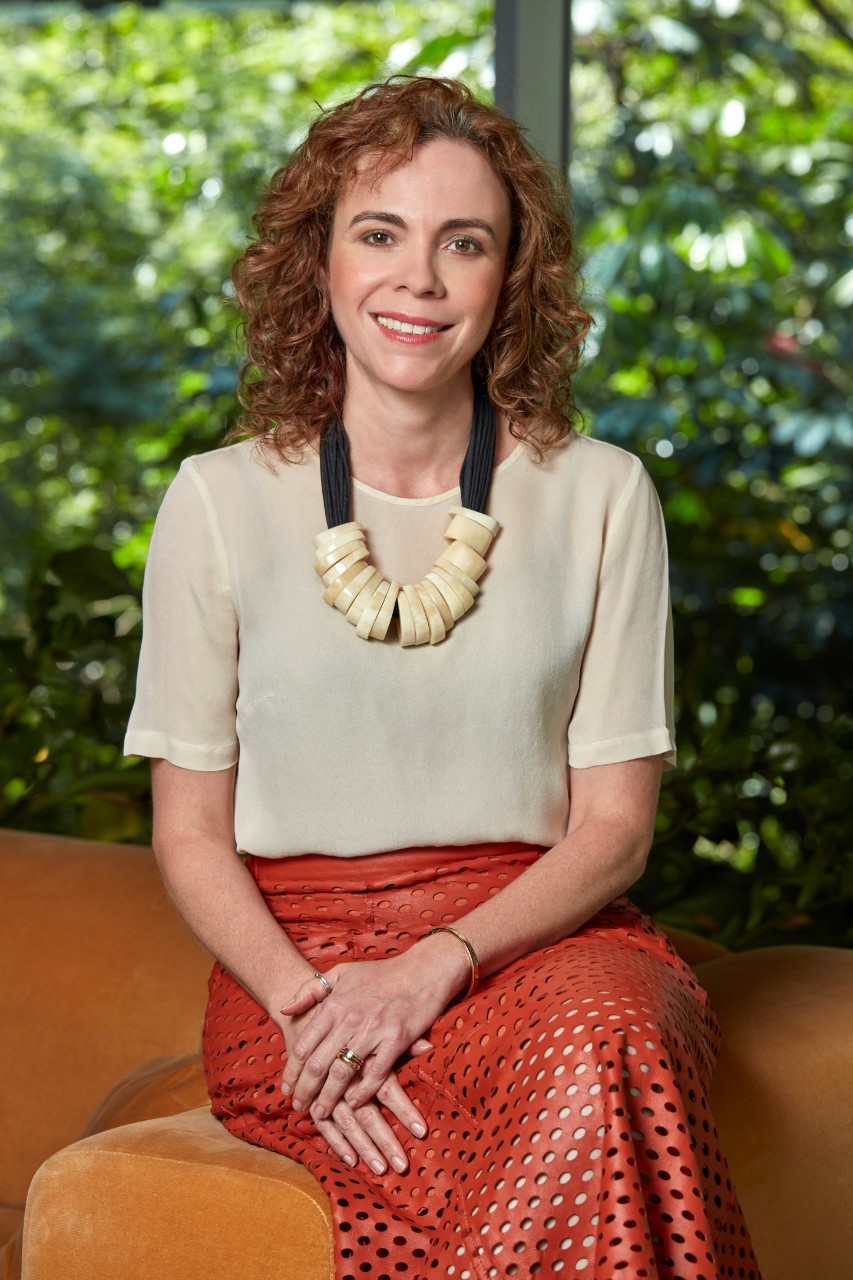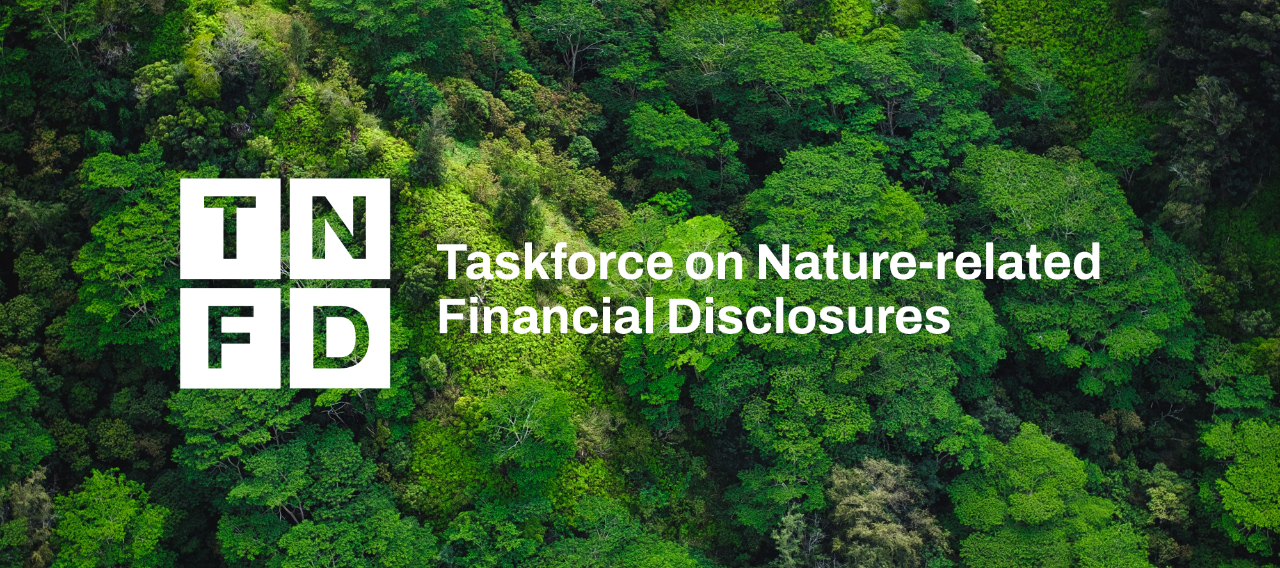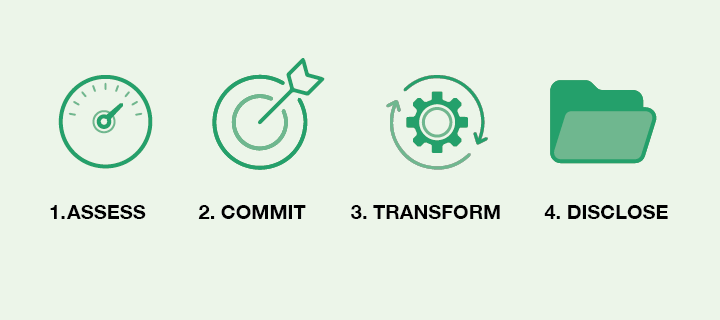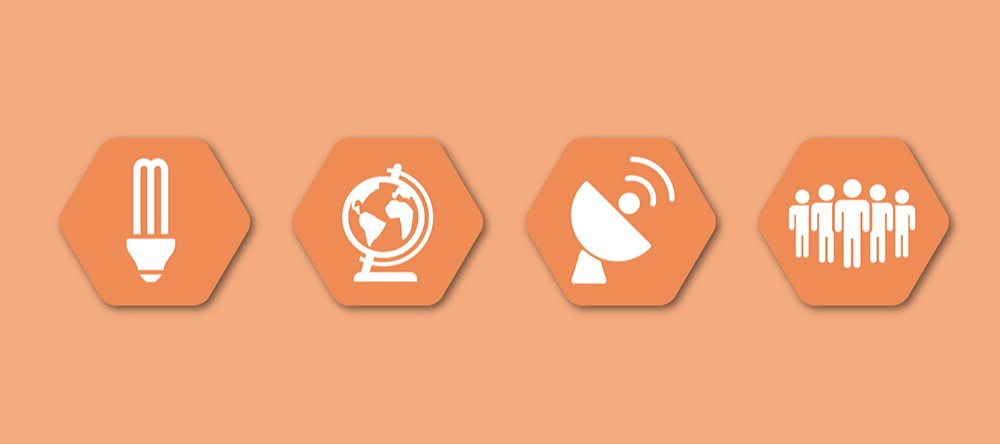There can be no business without nature
How measuring businesses’ impact on biodiversity can contribute towards protecting ecosystems – and the longevity of businesses
By Silvia Vilas Boas, CFO, Natura &Co Latin America
At present, roughly 600 trees are felled per minute in the Brazilian Amazon1. This means that an area the size of almost 11,000 football fields is devastated every seven days.
What would already be disturbing information gains even greater proportions when we consider the role forests play in regulating the Earth’s climate and water cycles, and that the tropical forests are the terrestrial ecosystems with the richest biodiversity on the entire planet. The Amazon, the biggest tropical forest in the world, is home to 25% of this biodiversity.
We also know that more than half of the annual global gross domestic product (GDP) depends on nature2, which significantly increases businesses’ level of exposure to the growing rates of biodiversity loss. On the one hand, a company’s longevity is directly linked to stocks and flows of natural capital. On the other, commercial and financial systems fail to protect ecosystems and to price the services that they provide. Ignoring this imbalance places us at risk of collapse.
Measuring impact
To enable us to make decisions that reverse this collision course with collapse, the notion of impact is fundamental. At Natura, which has the Amazon biome as the main innovation platform in its business model, we calculate impact using our Integrated Profit and Loss (IP&L) methodology. The IP&L is our path to having a successful business in the future because it’s about creating resilience. If you only look at numbers, you’re missing something in terms of the long-term perspective.
The methodology considers the entire value chain of the business, from the supply of the natural ingredients used in our cosmetics portfolio to product end-of-life. For example, we measure aspects such as the use of land and water and the air pollution associated with our operations, and we translate them into monetary values. Our activities to protect ecosystems generated BRL 573 million (around US$111.5 million) in positive impact in 2022.
Through the IP&L, we are able to monetize the impact of our operation not only on natural capital, but also on human and social capital. Considering all these dimensions, Natura’s net positive impact on society in 2022 was BRL 34.2 billion (US$6.8 billion). The calculations demonstrate that for each BRL 1 generated in revenue, the company generated BRL 2.7 in positive social and environmental impact.
For over 20 years, Natura has stimulated the development of the social biodiversity chains in the Amazon. In 2000, we decided to incorporate ingredients from Brazilian biodiversity into our product manufacture. Since then, we have furthered our relations with agro-extractivist communities – local communities and families that collect fruits, almonds and herbs from Amazon trees through sustainable methods – who currently supply 42 bioactive ingredients used in our products, such as Brazil nuts and açaí.
Translating IP&L insights into action
We use the IP&L as a strategic management and decision-making tool, as the results can be compared directly with the financial results.
The latest IP&L calculation demonstrates that Natura’s influence over the conservation of 2 million hectares of Amazonian Forest – where the activities that we foster contribute towards keeping the forest standing – generated BRL 40 million (US$7.9 billion) in positive impact on the conservation of ecosystems last year. Similarly, the benefit-sharing model by which we remunerate communities for the use of forest resources reallocates part of the money paid in forest conservation projects in a virtuous circle that protects and regenerates these ecosystems. On this front, we generated a net positive impact of BRL 42.2 million (US$8.4 million).
In parallel, the carbon offsetting projects that neutralize our emissions generate a positive impact of around BRL 488.5 million (US$96.7 million) for the protection of ecosystems. This is the result of the valuation of the ecosystem services rendered, for example, by forest areas linked with REDD+ (Reducing Emissions from Deforestation and Forest Degradation) projects. This figure includes the benefits generated by the reforestation programmes that we support.
We have also developed plastic waste collection in the forest with communities in the Amazon region. We know that most of the plastic that reaches the oceans is transported by rivers and that the Amazon basin is the main conduit to the sea for these materials in South America. In 2022, this initiative collected 14.1 tons of plastic in ten riverside communities, generating a net positive impact of approximately BRL 600,000 (US$119,000).
Transforming decisions
Natura is prioritizing IP&L KPIs in its management reporting, to enable decisions that achieve a balance between positive impacts and profitability. The most recent example is the inclusion of the consultants’ income indicator in the quarterly performance of Natura's businesses, to assess how recent price inflation and the cost-of-living crisis is affecting the individuals who sell our products, Natura’s Beauty Consultants. The periodic monitoring of this key indicator brought insights into the consultants' income growth, with regards to the Living Wage3 and inflation by region, in order to identify needs for specific action plans.
We believe that our IP&L can be used to promote strategic planning by highlighting the activities and indicators of outputs and outcomes that will guide management-level decision making. We included the quantitative assessment of the IP&L impact within the 2022 and 2023 budget approval process and strategic planning for the next three years, in addition to the approval process for the company's strategic projects. We also defined two main paths for quantitative measurement of IP&L in project management: all projects with investments above 5 million should carry out a complete impact assessment, and projects with investments of less than 5 million, but with an impact on priority indicators, such as consultant income, carbon emissions, postconsumer recycled plastic and protection of the Amazon (bioeconomy supplies).
The role of the finance team
Our finance team has played a key role in developing and implementing the IP&L, including data collection, measurement of impacts, valuation, target setting and monitoring KPIs. Members of the controllership and technical accounting team and financial planning and analysis team are part of the cross-functional committee responsible for the development and strategy of the IP&L methodology.
The next frontier: regeneration
Given the urgent challenges we currently face, reducing the negative impact of businesses is no longer enough. The next frontier is regeneration. This means that maximizing financial performance is no longer the only criterion of health for a business. By shaping our managers’ decisions to generate a positive impact on society, we will have the true measure of the sustainability of what we do.
In the case of Natura, this understanding has already become a product. In 2021, we launched Biōme, a line of vegan cosmetic bar products made from 100% natural inputs. The main ingredient is palm oil (known in Brazil as dendê oil) – but while the majority of palm oil is currently obtained via monoculture systems which jeopardize the environment in a number of ways, we produced ours in the first agroforestry system of its type in the world, the Dendê AFS.
Biōme, which is packed without plastic and made from recycled and vegetable materials, represents an important movement towards the change in consumption habits and production methods that we want to – and must–see over the coming years. Transforming socio-environmental challenges into sustainable and regenerative business opportunities is the greatest challenge of our times.
This content is part of a series funded by ICAEW.
2. World Economic Forum, Nature Risk Rising: Why the Crisis Engulfing Nature Matters for Business and the Economy
3. Natura uses living income for consultants' income because they carry out an entrepreneurial activity and living wage for employees. In both, it uses the Wage Indicator methodology. The living income value is calculated proportionally to the average time (hours) dedicated to consulting.




